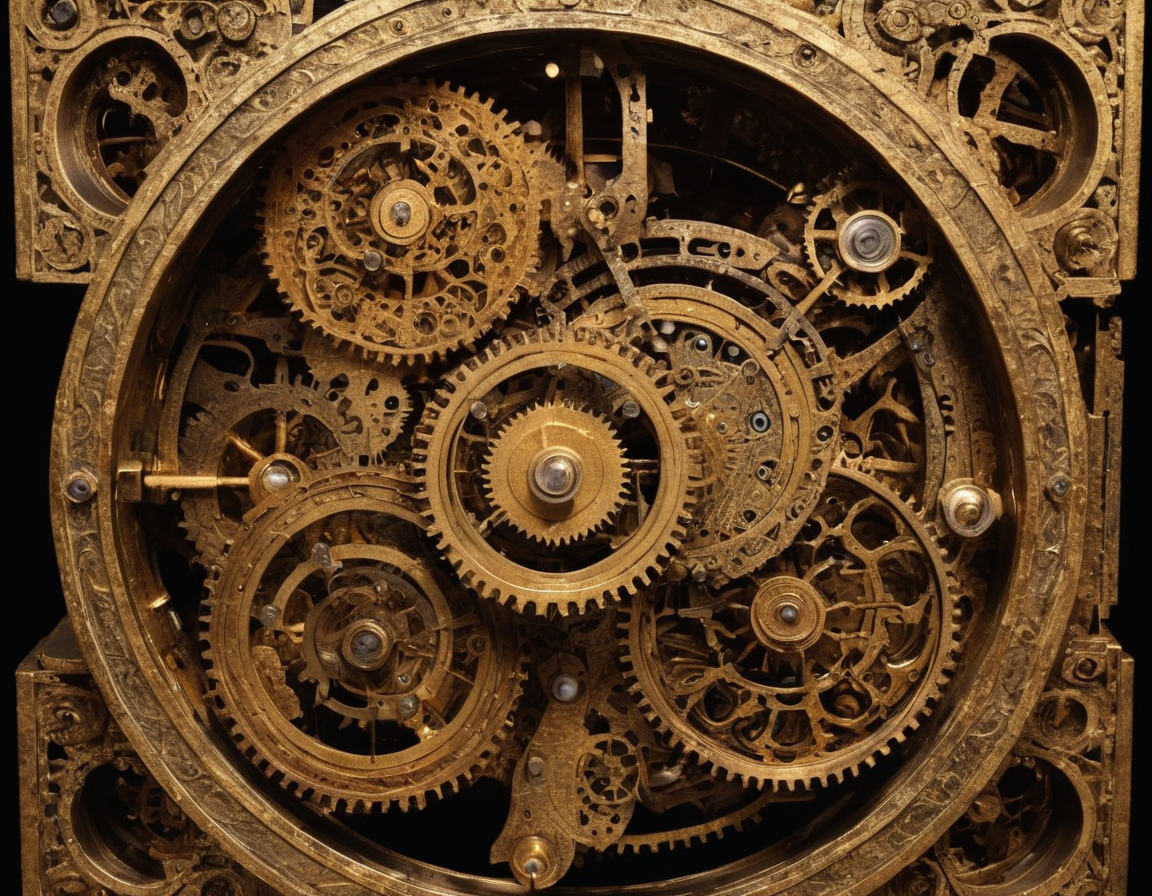Exploring the Mysteries of the Antikythera Mechanism: An Ancient Greek Enigma
The Antikythera Mechanism: Decoding an Ancient Greek Mystery
Unearthed from the depths of the Aegean Sea, the Antikythera Mechanism has puzzled historians, scientists, and archaeologists for over a century. Discovered in 1901 near the Greek island of Antikythera, this intricate device, often described as the world’s first analog computer, offers a fascinating glimpse into the technological prowess of ancient civilizations. Join us as we delve into the secrets of this astonishing artifact and explore what it tells us about the advanced astronomical knowledge of the ancient Greeks.
The Discovery
In the year 1900, a group of sponge divers, led by Captain Dimitrios Kontos, sought shelter from a storm near the island of Antikythera. The next day, they dove into the sea, stumbling upon a shipwreck that dated back to the 1st or 2nd century BCE. Among the statues, jewelry, and coins lay a corroded mass of gears and dials that would later become known as the Antikythera Mechanism. The artifact captured the imagination of the world, and intense research began to unravel the purpose of this ancient machine.

The Mechanism’s Function
The Antikythera Mechanism is a complex device composed of at least 30 meshing bronze gears housed in a wooden frame. Its function remained a mystery for decades until recent advances in imaging technology revealed markings and inscriptions that provided clues to its use. Research suggests that the mechanism was used to predict astronomical positions and eclipses for calendrical and astrological purposes. It features dials that track the phases of the moon, the positions of the sun and planets, and even a calendar of athletic events such as the ancient Olympic games.
Implications for History and Technology
The sophistication of the Antikythera Mechanism challenges our understanding of ancient technology. It implies that Greek scientists possessed extraordinary skills in mathematics and engineering, rivaling that of later periods thought to be more technologically advanced. The device’s existence raises important questions about the transmission of knowledge in the ancient world and suggests the potential existence of similar, yet undiscovered, artifacts.
The Enigma Continues
Despite more than a century of research, the Antikythera Mechanism continues to reveal new secrets and remains a subject of active scientific inquiry. It stands as an extraordinary reminder of human ingenuity and the timeless quest to comprehend the heavens’ workings.

If you are captivated by the story of the Antikythera Mechanism and wish to learn more, analyze the device’s intricate details yourself or even visit the National Archaeological Museum in Athens to witness this marvel of ancient engineering, the mystery of the Antikythera beckons.
As you reflect on this marvel, ask yourself: what other secrets of the past are waiting to be unearthed? Share your thoughts in the comments below, and join us in pondering the wonders of human creativity across the ages.






